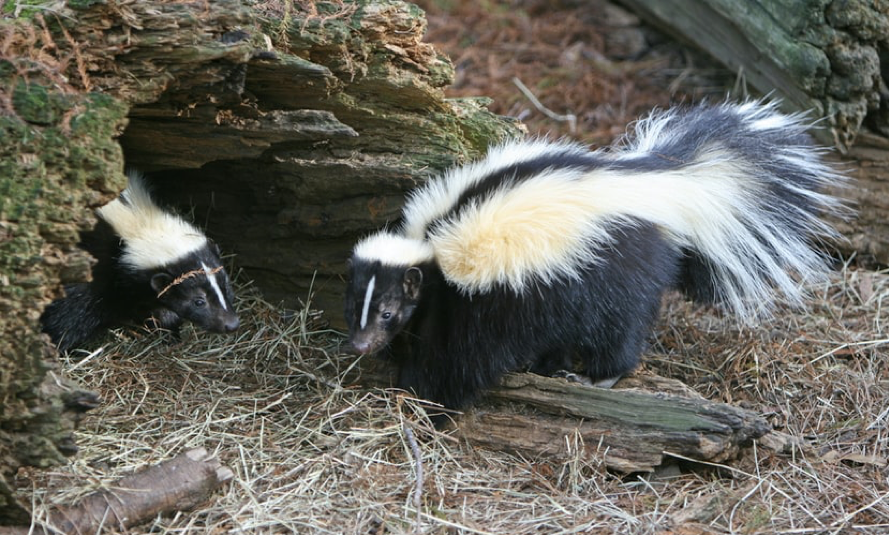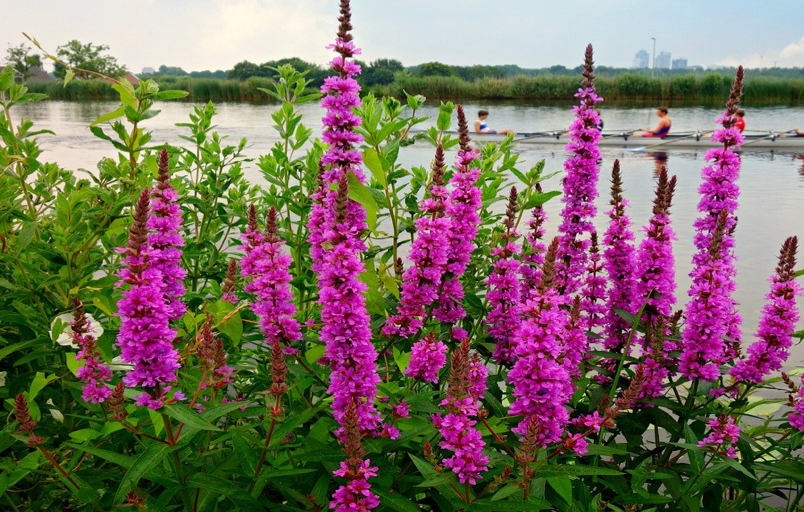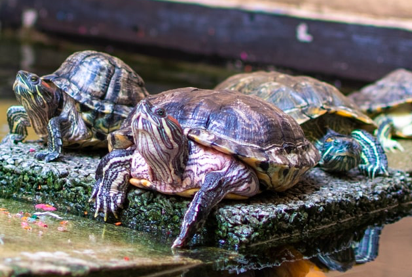|
Scrolling through the social media posts weeks into COVID-19 lockdown, I was elated by the news stories of how nature had hit a reset button. “With a third of world’s population in lockdown, the animals are taking over”- read a post on Twitter. This is probably the first time in human history that billions of people are forced to spend time indoors and the wildlife seems to be reclaiming the places where the human activity has decreased. Dolphins, that typically kept away from the murky waters of Venice appear to have returned to the now clear waters of the canals. In Canada, people are spotting wild turkeys in east-end Montreal neighbourhoods. Throughout the southern Ontario, common urban species such as skunks, raccoons, white-tailed deer and foxes are being spotted more often since the pandemic lockdown began. However, with entire populations of some countries are spending months in the safety of their homes, many wildlife species had habitat management efforts have been put on a pause. And guess what? The invasive species are loving it. Globally, native wildlife species and their habitats have been significantly affected by the introduction of invasive species. In Canada, species such as Purple loosestrife can take over habitat and choke out native plants which are the feeding and breeding grounds of birds, fish and wildlife. Other species like the larvae of Emerald Ash Borers burrow through the inner bark of ash trees and the young beetles feed and damage the leaves which eventually kills the Ash trees. Across Canada, a large number of habitat restoration efforts run through the early spring to the end of summer by every level of government, non-profits, conservation authorities, farmers and other groups. Potential areas that could be impacted by the spread of invasive species are mapped by the end of winter and efforts are targeted towards controlling the invasive species in the early stages of its growth. Unfortunately, since the last eight weeks, due to the stay-at-home mandate and the budget cuts faced by the organizations throughout Canada, the invasive species management efforts are either sidelined or downsized. This has given the invasive species an opportunity to grow rampantly and invade new habitats. Since a smaller number of people will be going out for field data collection this season, newer habitats invaded by these invasive species may not get reported due to lack of data. During this critical time, data collected through citizen science efforts can help obtain key insights and fill some gaps created by a lack of robust field monitoring. Here is what you as a citizen scientist can do to help control the invasive species
By: Devanshi Kukadia
3 Comments
1/11/2023 11:08:35 pm
Big easy roofing roof replacement roofing big easy roof
Reply
Leave a Reply. |
AuthorWrite something about yourself. No need to be fancy, just an overview. Archives
October 2021
Categories |





 RSS Feed
RSS Feed